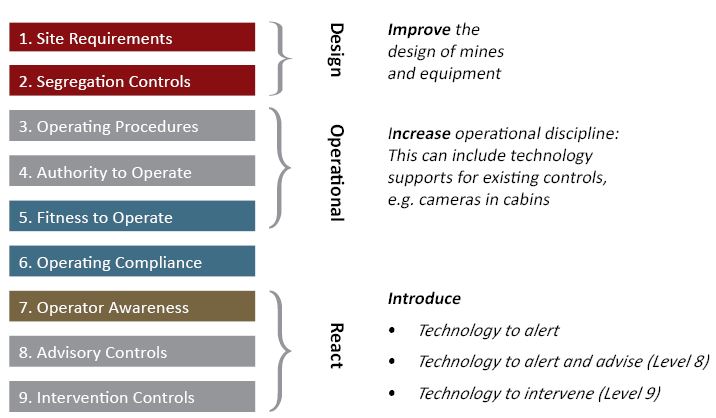Introduction
Mining operations are known for their complex and high-risk environments, with a multitude of vehicles and machinery operating in close proximity. Safety is of paramount importance in the mining industry, and preventing vehicle interactions is a top priority. In this blog post, we will explore the crucial topic of vehicle interaction in mining operations and delve into the various levels and models of collision avoidance systems established by two influential organizations: EMESRT (Earth Moving Equipment Safety Round Table) and ICMM (International Council on Mining and Metals).
Understanding the Challenge
Mining sites are dynamic and bustling with activity, where heavy machinery, haul trucks, and personnel coexist. This environment poses significant challenges when it comes to ensuring safety. Vehicle interactions, such as collisions, can result in devastating consequences, including injuries and equipment damage. To address this, organizations like EMESRT and ICMM have developed comprehensive guidelines for collision avoidance systems.
EMESRT’s Collision Avoidance Levels
EMESRT has defined a range of collision avoidance levels, each with its own set of features and capabilities, to cater to the diverse needs of mining operations:
Levels 1-3: Basic Safety
- Level 1: Proximity Detection
- Basic sensors alert operators to nearby objects or personnel.
- Level 2: Collision Warning
- Advanced warnings, including alarms and visual alerts, enhance safety.
- Level 3: Operator Intervention
- Systems can automatically slow down or halt equipment when a collision risk is detected.
Levels 4-6: Advanced Safety
- Level 4: Machine Control
- Systems can take control of mining equipment to prevent collisions without operator input.
- Level 5: Situational Awareness
- Enhances operator visibility and awareness through advanced technologies like cameras and radar.
- Level 6: Fatigue and Distraction Monitoring
- Monitors operators for signs of fatigue or distraction and provides alerts.
Levels 7-9: Comprehensive Safety 7. Level 7: Full Automation
- Fully autonomous systems manage vehicle interactions.
- Level 8: Geofencing and Navigation
- Incorporates geofencing and precise navigation for safety.
- Level 9: Integration with Traffic Management
- Systems are integrated with broader traffic management solutions for seamless operations.
ICMM’s Guidelines
ICMM, a global organization dedicated to sustainable mining practices, provides guidance on collision avoidance systems to its member companies. While ICMM doesn’t specify levels like EMESRT, it emphasizes the importance of comprehensive risk assessments, advanced technologies, and ongoing monitoring to prevent vehicle interactions in mining operations.
Conclusion
Ensuring safety in mining operations is a collective responsibility, and organizations like EMESRT and ICMM play pivotal roles in establishing guidelines and best practices. By implementing collision avoidance systems at various levels, mining companies can significantly reduce the risk of accidents, protect their personnel, and preserve valuable equipment.
These systems not only enhance safety but also improve operational efficiency and productivity. As technology continues to advance, we can expect even more sophisticated collision avoidance solutions, further cementing the commitment to safety in the mining industry. By adhering to these standards and continually evolving their safety measures, mining operations can thrive in a safer and more sustainable manner.

Vehicle interaction between a shovel and a haul truck in an open pit mine operation .
Are you an OEM, technology provider or a mining company?
Get in touch with us for partnership and support on your solution and business development strategy.
WIth more than 10 years of experience in technical sales, business development and field support for different mine operations and technology providers, we are willing to support and advice on your solution development and business strategy.


